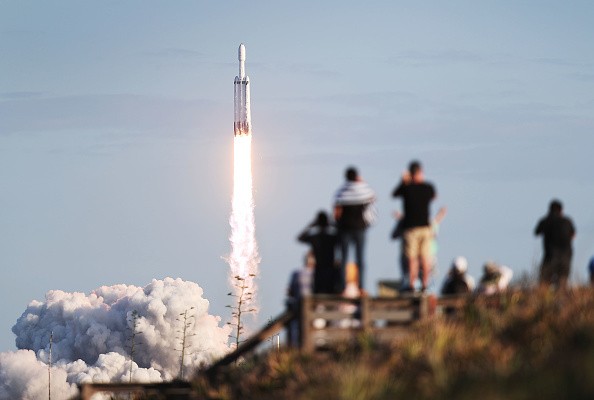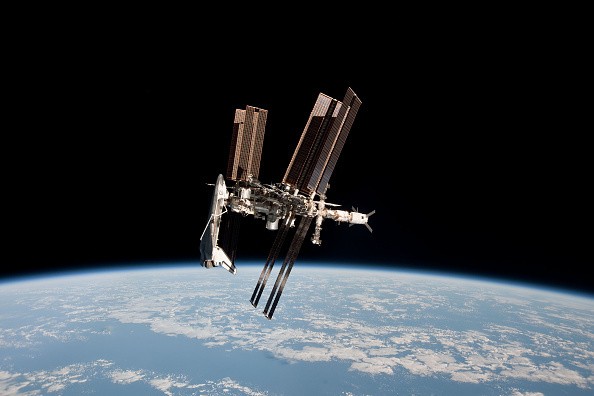NASA will soon release its new space lasers. Experts claimed that the space agency's new laser communication system could offer 10 to 100 times more data transmitted back to Earth.

The National Aeronautics and Space Administration could unveil its new LCRD (Laser Communications Relay Demonstrations) in June. However, the international space agency hasn't confirmed the exact release date as of the moment.
On the other hand, this new laser communications system will replace radio frequency communications, which was used by NASA way back in the 1950s.
Right now, NASA and various space agencies are required to capture hi-definition data, such as 4K video, whenever they are conducting space missions.
However, with the use of the current radio frequency systems, taking these HD videos could take around nine weeks. NASA's new space lasers could change this time frame since experts claim that the new LCRD can do this in just nine days.
NASA LCRD's Details
According to Fox News' latest report, the international space agency's innovation could have 10 times to 100 times more efficient data transmission. Aside from this, the new space laser communication system requires less volume, power, and weight.

This feature is great for NASA since they can still send more space instruments and reduce spacecraft power system drain.
"LCRD will demonstrate all of the advantages of using laser systems and allow us to learn how to use them best operationally," said David Israel, NASA Goddard Space Flight Center's Principal Investigator.
"With this capability further proven, we can start to implement laser communications on more missions, making it a standardized way to send and receive data," he added.
Other Capabilities of the new LCDR System
NASA's official website explained that the space agency's new laser communication system is currently located around 22,000 miles above Earth. It added that this new space laser could support missions in the near-Earth region.
As of the moment, NASA is planning to spend two years to test its new laser communication system's capabilities. The space agency added that it will soon conduct various experiments to refine the new LCRD's functionalities.
If you want to see further details, all you need to do is click this link.
For more news updates about NASA and its upcoming space innovations, always keep your tabs open here at TechTimes.
This article is owned by TechTimes
Written by: Griffin Davis




